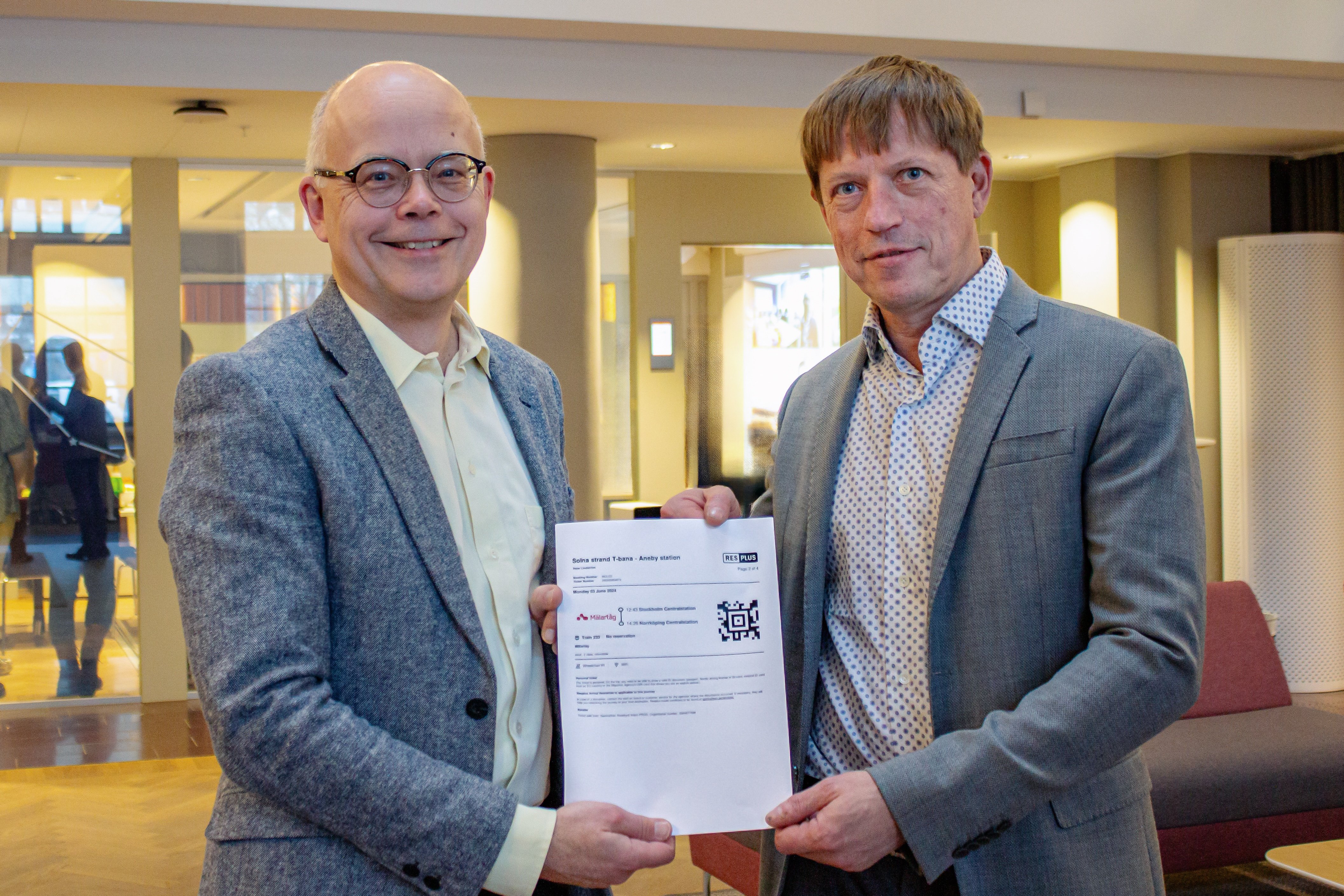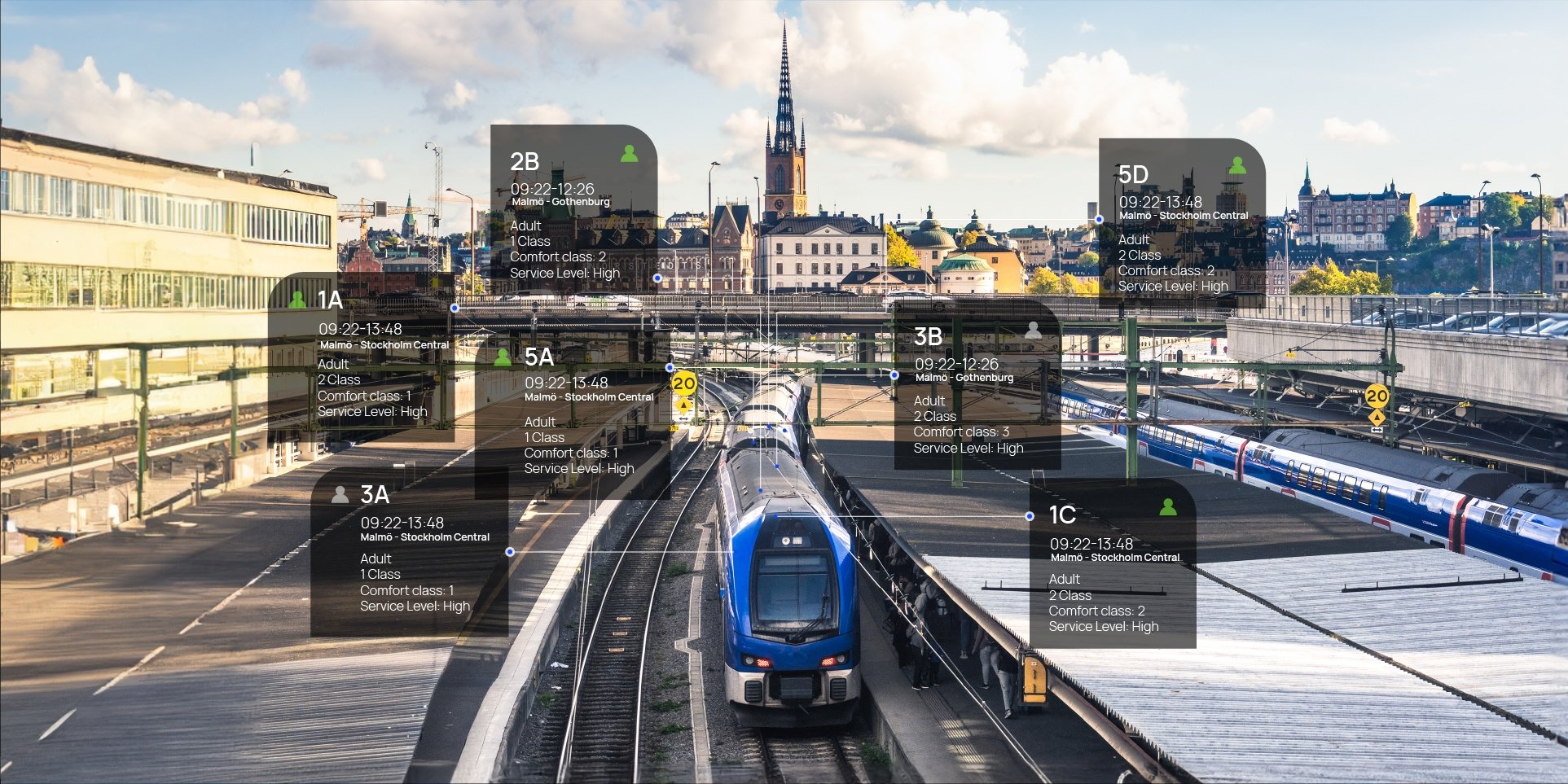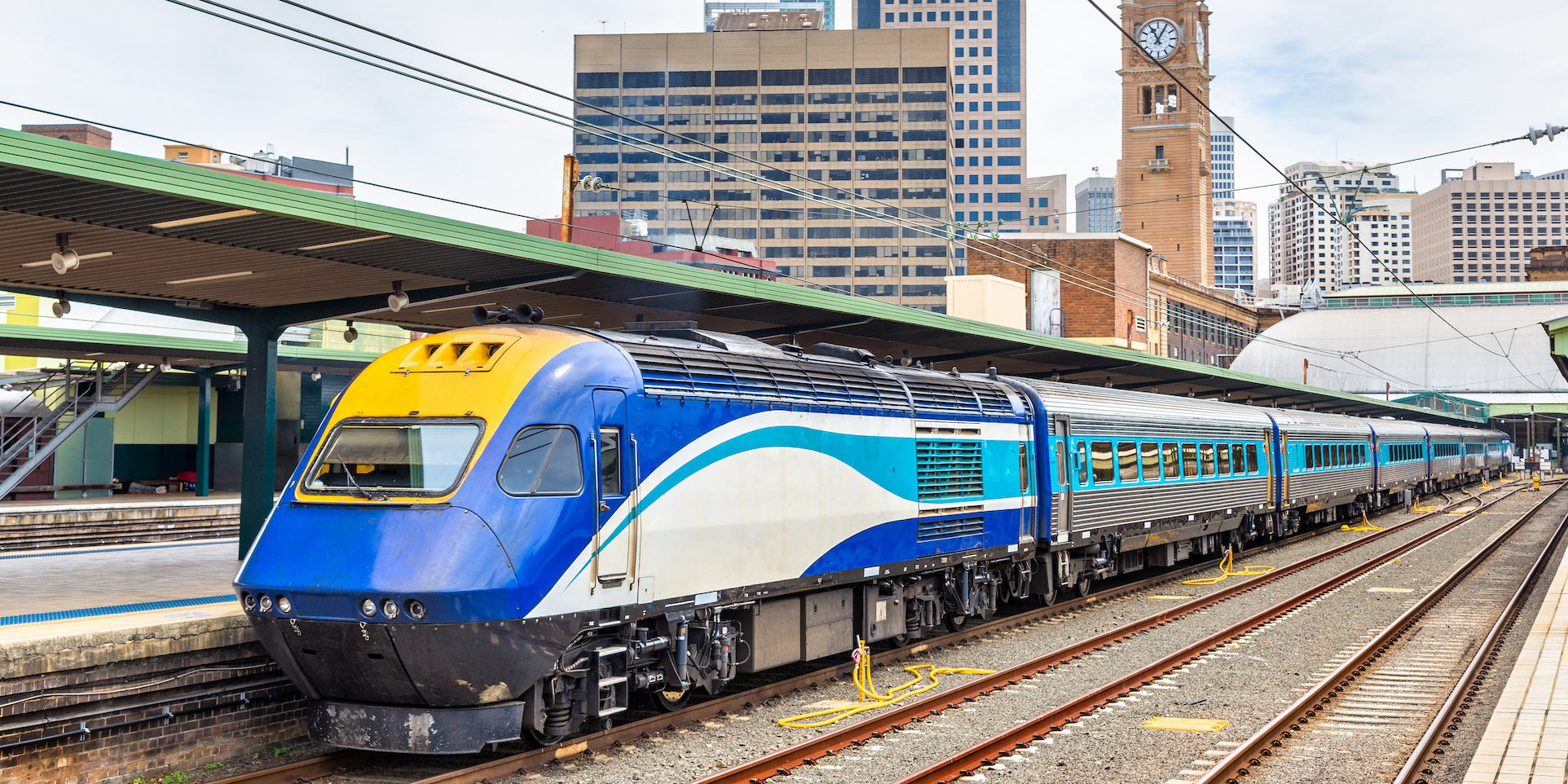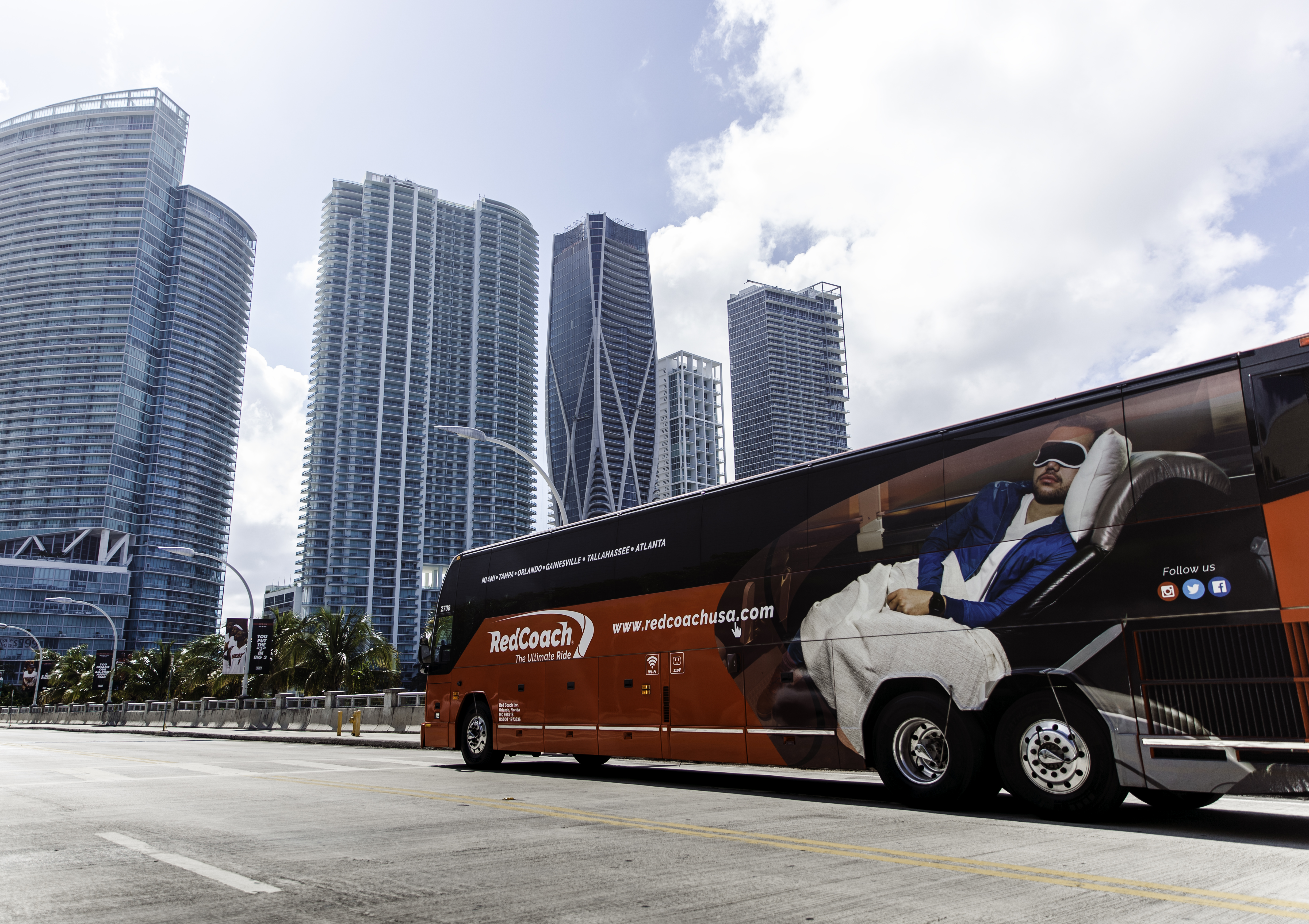When Should Intercity Bus Operators Use Dynamic Pricing?

Dynamic pricing is a way to price products according to changing demand, competitors’ prices, cancellation rates, and other data.
In the intercity bus industry, dynamic pricing is gaining popularity: more and more operators apply it to maximize occupancy and revenue. But where is dynamic pricing necessary? What type of dynamic pricing do you need? How to start with it?
This two-part series analyzes the implementation of dynamic pricing and its best practices. Keep an eye out for the second part, where we give you instructions on how to implement it. Also, be sure to check out the article, where we talk what is dynamic pricing about!
Let’s start by answering the first question. In which cases should you apply dynamic pricing?
When to Apply Dynamic Pricing?
Pricing managers should ask themselves what is the goal they want to achieve by implementing dynamic pricing.
Is it to achieve a competitive advantage by appearing to be cheaper than competitors? Attract new customer segments that so far haven’t considered using your service? Or rather maximize the revenue currently generated by upcharging last-minute buyers?
Let’s look at the competitive advantage case. You are operating in price-driven competition, using fixed pricing for your seats. As your goal is to win customers over by appearing cheaper, you are currently discounting fares for all your seats.
On the other hand, there could be passengers in peak times (Fridays and Sundays or mornings and evenings etc.) who would be willing to pay more for the seats on that same bus. This is where dynamic pricing gives you the advantage of splitting a particular departure into several price classes.
Pricing managers should ask themselves what is the goal they want to achieve by implementing dynamic pricing.
The classes are based on demand for that particular trip. The more demand builds up for the trip, the higher the price for the remaining seats. Yet, on the low-demand departures, you can still appear as the price leader compared to competitors.
Such approach has been especially successful in markets where digitalization has not been yet advancing and first adopters have a tremendous advantage over the other, fixed-pricing competitors.
Another case is when you apply fixed medium-high prices and your buses are leaving with many empty seats. So, whether or not competition is an issue, you might want to attract a new type of passenger. For example, those who travel for leisure and are more attentive to the price when choosing their destination.
You can leverage this emerging type of travelers to fill up your vehicle, without renouncing your loyal customers. You can achieve this by offering lower fares for a limited time on the certain amount of seats.
For example, instead of selling 10 seats for 50 €, you could attract more passengers with cheap tickets, while the average price remains at a level that lets you increase revenue per trip. After all, the number of seats on the bus will stay the same, thus the more you sell, the better.
But there are also cases when dynamic pricing can turn out to be useless or even counterproductive.
Note: Not sure how to implement dynamic pricing? Check out our guide to implementing it!
When Doesn’t Dynamic Pricing Make Sense?
Dynamic pricing is typically applied as an advanced model of the origin-destination pricing model. It’s very rare (but not impossible) to see zone-based and distance-based pricing applied in dynamic principles. Although theoretically there could be some cases where it could make sense as well.
Another case when dynamic pricing might not be applicable is when the operations are taking place on the regulated market.
One of the main prerequisites for dynamic pricing is that you keep tight control over your seat inventory. A real-time inventory management system gives you a clear overview of the availability of seats and their characteristics in relation to the demand. Such data will allow you to build your own dynamic pricing model.
Yet there are cases where long-distance operators don’t actually need to keep track of their inventory. Let’s take for example airport shuttles, which depart quite often, sometimes even every 10-15 minutes.
When the frequency is so high and fixed, there is no real capacity issue, as those passengers that cannot fit in one bus will simply take the next one. Since the time between rides is not so long, there is no need to book in advance.
Another case when dynamic pricing might not be applicable is when the operations are taking place on the regulated market. In such markets, usually, competition between operators is hindered as one operator has a protected corridor or operating slot.
Yet often regulators, usually authorities, also set clear tariff rules or even complete price lists to make sure such privilege is not abused.
Applying Dynamic Pricing to Return Tickets
One of the factors that complicate the implementation of dynamic pricing is return ticket policy.
Many operators use a discounted return ticket as a way to make sure passengers prefer their service for both legs of their journey. But there are different ways to apply a discount on return tickets, too.
Some use a percentage-based discount. Others offer fixed fares for single and return tickets, as it’s common among bus operators in the UK and Ireland.
While the first method is more flexible and gives the operators freedom to apply dynamic pricing by default, the second approach might need a redesigning of the existing fare policy.
The reason for it is simple. Outbound and inbound trips can have different demands. It can happen that, for one trip, the bus fills up much more quickly while for the return trip, the demand is lower. Thus demand-based pricing would offer a better price for the return trip than the fixed fare costs.
So, the dynamic nature of demand-based pricing can bring fluctuating results also for the price of the return ticket. Also, it requires a rethinking of the existing fixed “return fare” policy.
Conclusion
The choice of whether to apply dynamic pricing depends on the characteristics of your business. Particularly on your customers and on the market in which you operate. Is it a competitive market? Would you attract more passengers if you offered lower prices on a certain amount of seats?
You should also consider what is your pricing model and does it call for a dynamic manipulation of the price at all.
Dynamic pricing is typically applied to an origin-destination pricing model and makes sense when customers book their seats in advance, thus reflecting the demand for the trip in advance. If you don’t manage capacity on your departures, you probably don’t need dynamic pricing as well.








